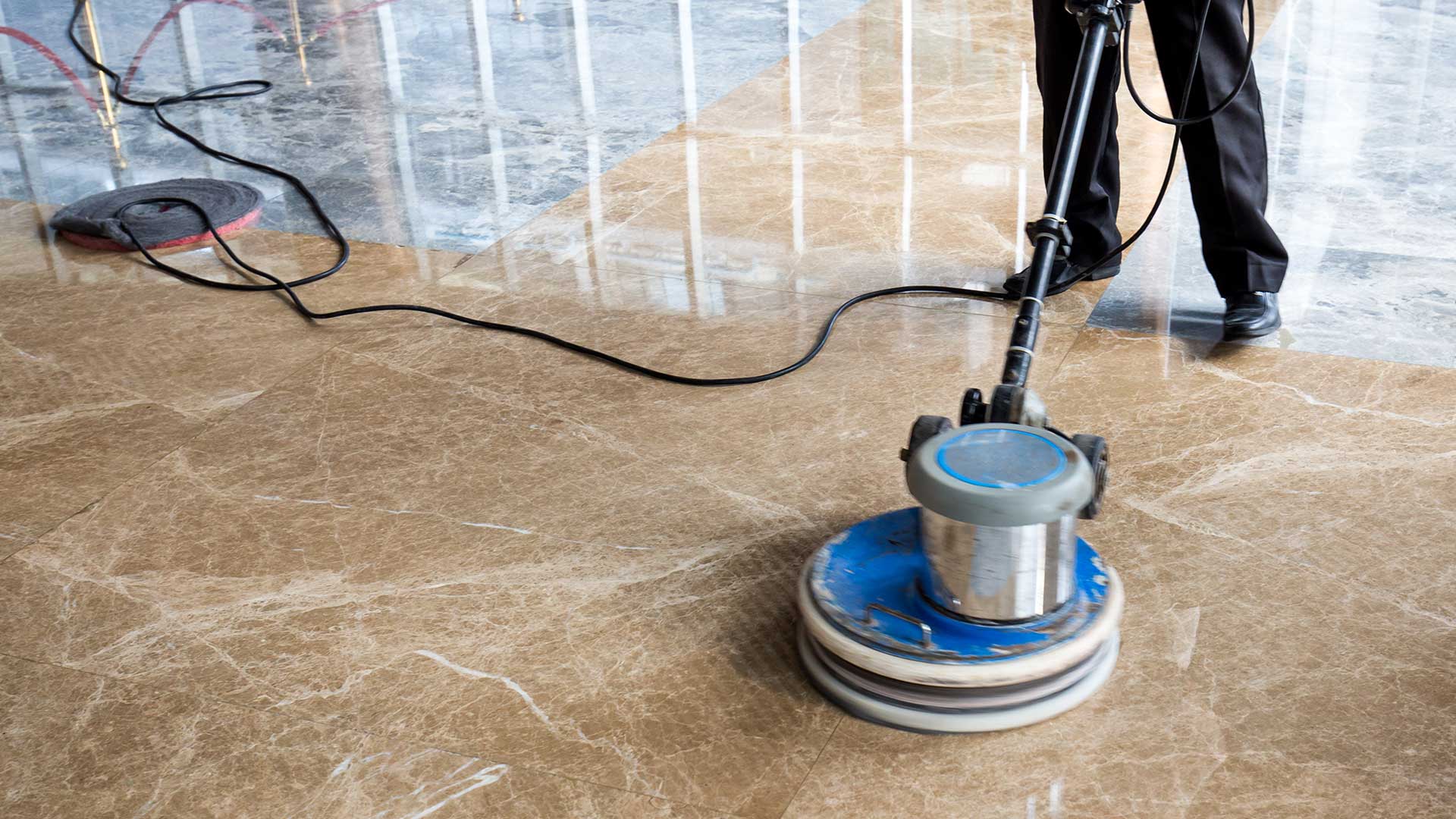Fluid takes another step in journey to net zero
Feminine Hygiene waste is one of the largest contributors to landfill waste from personal hygiene products worldwide. The products, packaging and wrapping generate more than 200,000 metric tonnes of waste annually.
What’s more, plastic and non-compostable materials in these products can take 500-800 years to decompose.
In the latest step in Fluid’s journey to net zero, we’re proud to announce that all wastes in all feminine hygiene bins we empty and clean is now 100% diverted from landfill and turned into renewable energy in a process called “energy from waste”.
All waste will be diverted from landfill via an EFW (Energy from Waste). Oversize metals are recovered from the bottom ash on site and the smaller items are carried through into the ash pit. The ferrous metal within the ash is recovered at a plant which takes the bottom ash and turns it into aggregate. Typically, having taken the large items of metal out of the ash 6% of the bottom ash by weight is ferrous and non-ferrous metal. The bottom ash is largely used in sub-base structure for road works and similar foundations.

The only other residue from the EFW is the APC Residue (Air Pollution Control Residues) which by nature of the clean-up medium, lime, is hazardous. GWM have invested in and are now a significant shareholder in a company called OCO Technology Ltd. APC residue is turned into an aggregate. The aggregate that is created from this process is used in bonded materials such as ready mixed concrete or for block making.
The result of this innovation is that all material that goes into the EFW firstly generates electricity and secondly is recycled. The plant is a combined heat and power (CHP) plant and GWM are developing local infrastructure to utilise the excess heat to maximise the efficiencies of the plant.
Other posts you may like...
Navigating the After Builders Cleaning Process: What You Need to Know
After the excitement and chaos of construction or renovation comes to a close, there’s one final, crucial step before you […]
Read MoreThe Complete Guide to Commercial Cleaning: What Every Business Needs to Know
In today’s fast-paced business environment, maintaining a clean and hygienic workspace is not just a necessity; it reflects your brand’s […]
Read MoreCrafting an Effective Planned Maintenance Schedule: Tips for Success
In today’s fast-paced business world, ensuring operations run smoothly and efficiently is paramount for success. This is where the significance […]
Read More


